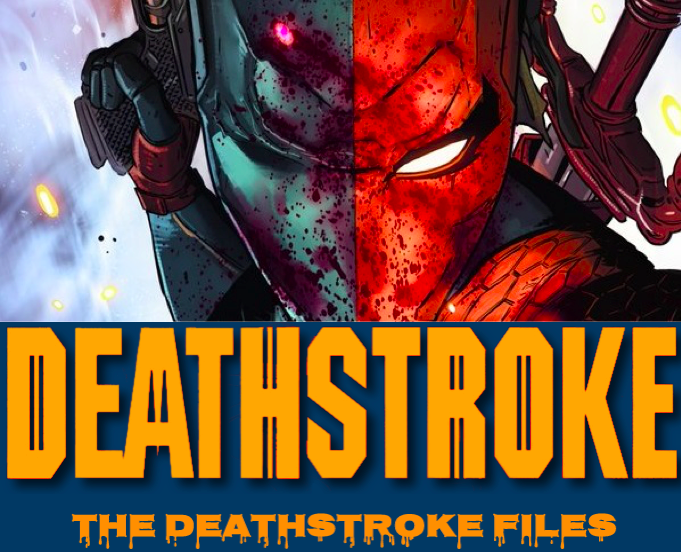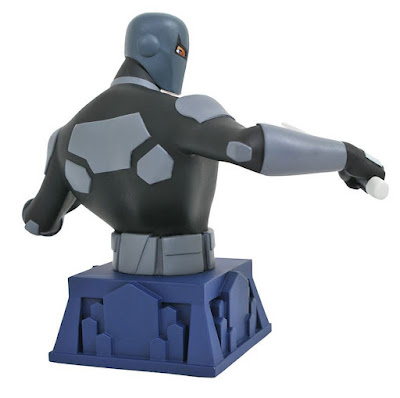 |
| Superman (1987) #75 Deluxe version still inside the black polybag |
After the Crisis on Infinite Earths rebooted the DC Universe, John Byrne, fresh off a red hot run on Marvel Comics' Fantastic Four, rebooted Superman in the Man of Steel (1986) miniseries. The reboot strategy was a shot in the arm for the Superman franchise as the following year, the incumbent Superman (1940) title was renamed Adventures of Superman, to make way for a brand new Byrne-written and penciled Superman (1987), joining the original Action Comics (1938) series to provide three successful monthly Superman titles.
But by 1992, less than two years after DC Comics launched the man of steel's fourth monthly ongoing title, DC Comics' original hero was in the midst of a sales slump. Byrne had left the character and the Superman team, led by editor Mike Carlin, planned for the wedding of Clark Kent and Lois Lane to play out from 1991 and to culminate in 1993's Adventures of Superman #500 as a way to boost sales. But, Warner Bros., DC Comics' parent company blocked the storyline from happening in the comics until it had already played out on television in the ABC television series Lois and Clark: The New Adventures of Superman.
Frustrated that the wedding story had to be put on old, the Superman creative teams met in 1991 to figure out what they would do next, At previous editorial summits, writer Jerry Ordway would jokingly suggest killing off Superman, but when Ordway made the joke again in 1991, the room fell silent. As they were stuck for a storyline and pressed for time Carlin and Dan Jurgens ran with the idea. The intent was never to permanently do away with the man of steel, but to shake up the public that Carlin felt had taken Superman for granted. Comic book fans had embraced ultra-violent heroes like Wolverine, the Punisher, Lobo, Spawn, and to a certain extent Batman, thinking that a traditional superhero like Superman had become passe. Carlin wanted to remind the world how important Superman was by showing them a world without him. Beginning with Superman: The Man of Steel (1991) #17, The Death of Superman story ran through all the monthly Superman titles and some issues of the Justice League culminating in the now legendary Superman (1987) #75 in which the fatal battle between Superman and the savage Doomsday ended 27 years ago today.
So, was the Death of Superman story a success? Well, Superman (1987) #75 was the highest selling single comic book of 1992, surpassing six million copies sold. In addition to Doomsday, The storyline itself launched other successful DC Comics' characters such as the John Henry Irons version of Steel, the Connor Kent Superboy, and the villainous Cyborg Superman. DC Comics and Warner Bros. Animation have since produced three animated films based on the story, Superman: Doomsday (2007), The Death of Superman (2018), and Reign of the Supermen (2019). Blizzard Entertainment and Sunsoft released The Death and Return of Superman (1994) videogame adaptations for the Super Nintendo Entertainment System and the Sega Genisis. Original story contributors, Roger Stern, and Louise Simonson released prose novelizations of the story titled, The Death and Life of Superman (1993) and a younger readers version called Superman: Doomsday and Beyond (1993) respectively. BBC 5 radio even adapted the story into a two-and-a-half hour full-cast radio drama called Superman Lives! (1993). The feature film Batman v Superman: Dawn of Justice (2016) adapted the part of the story as part of its overall setup for Justice League (2017).
 |
| Superman funeral scene from Batman v Superman: Dawn of Justice (2016) |
So, in honor of this historic comic book, below are posted the original standard cover for Superman (1987) #75 as well as a variant homage cover from Deathstroke (2016) #7, which saw the man of steel tangle with the Terminator. Thank you and congratulations to everyone involved with producing this important piece of Superman and DC Comics history!
 |
| The iconic cover to Superman (1987) #75 Art by Dan Jurgens and Brett Breeding |
 |
| Variant cover for Deathstroke (2016) #7 Art by Shane Davis, Michelle Delecki, and Alex Sinclair |













































